Private Student Loans Have Gotten 2x More Expensive Since 2021 — from forbes.com by Vinay Bhaskara; via GSV
Excerpts:
Higher ed may appear less impacted on the surface. But a small yet critical cohort of students and families has been heavily affected – students and parents who take out private student loans. Private student loans are a small piece of the overall student loan puzzle, representing roughly 8% of outstanding student debt (~$146.9 billion) according to a March 2023 analysis from Federal Student Aid.
…
Private student loans have gotten way more expensive
With that context in mind, it’s worth analyzing how the rise in interest rates has impacted borrowing costs for families. The numbers are staggering. As the Fed has hiked interest rates, private loan borrowing costs have more than doubled since November of 2021. The average interest rate on a 10-year private student loan has jumped from a low of 3.3% in November 2021 to 7% at the end of May 2023. Interest rates for 5-year private loans have skyrocketed even faster, jumping from a low of 2.4% all the way to 8.70% across the same period.
.
Higher Ed 101: Accreditation Explained — a podcast from futureupodcast.com by Jeff Selingo and Michael Horn
Excerpt:
Tuesday, June 6, 2023 – Far too often, individuals in higher education don’t understand the nuances of how accreditors operate and the role they play in supporting—or constraining—institutions. Jeff and Michael welcome Barbara Brittingham, former president of the New England Commission on Higher Education, to give the history of accreditation, break down how accrediting agencies operate, show how they compare to one another, and delve into how they might evolve in the future with an eye toward how these organizations impact institutional transformation and support learners in achieving their education and career goals. This episode is made possible with support from Ascendium Education Group, the Bill & Melinda Gates Foundation, and Course Hero.
.
Building Apprenticeship Nation with Ryan Craig of Achieve Partners — a podcast from edtechinsiders.buzzsprout.com with Ryan Craig
.
Rich Novak (Rutgers University) on Evaluating the Changes in Higher Ed — a podcast from Illumination by Modern Campus with Amrit Ahluwalia and Rich Novak. Thanks Amrit for all that you’ve done and are doing.
Excerpt:
On today’s episode of the Illumination by Modern Campus podcast, host Amrit Ahluwalia was joined by Rich Novak to evaluate the changes in higher education over the past decade, and the opportunities ahead for continuing education.
.
Council Post: Learning In The Digital Age: Reskilling And The Evolution Of Education — from forbes.com by Daphne Kis
Excerpt:
Partnering With Higher Education
I believe that companies can gain a competitive edge in hiring and retention by establishing long-term partnerships with educators, universities and other pedagogically-driven institutions. However, it is crucial to design these partnerships with scale and replication in mind in order to avoid high costs and low adoption rates that can result in failure.
Establishing a successful partnership will also require companies and universities to determine and agree on the skill-based outcomes they aim to achieve. They will have to find effective ways to share data, develop timelines and measure success for both parties.
This is a shift from traditional partnerships, which often focus on research and innovation initiatives. With this, intellectual property was the outcome of the collaboration. Instead, in a reskilling partnership, in-demand skills are the outcome.
.
EDUCAUSE and WCET QuickPoll Results: Current Trends in Microcredential Design and Delivery — from er.educause.edu by Jenay Robert
Microcredentialing programs remain nascent at many institutions, but interest continues to grow. As the demand for flexible learning experiences increases, stakeholders might find renewed interest in and uses for microcredentials.









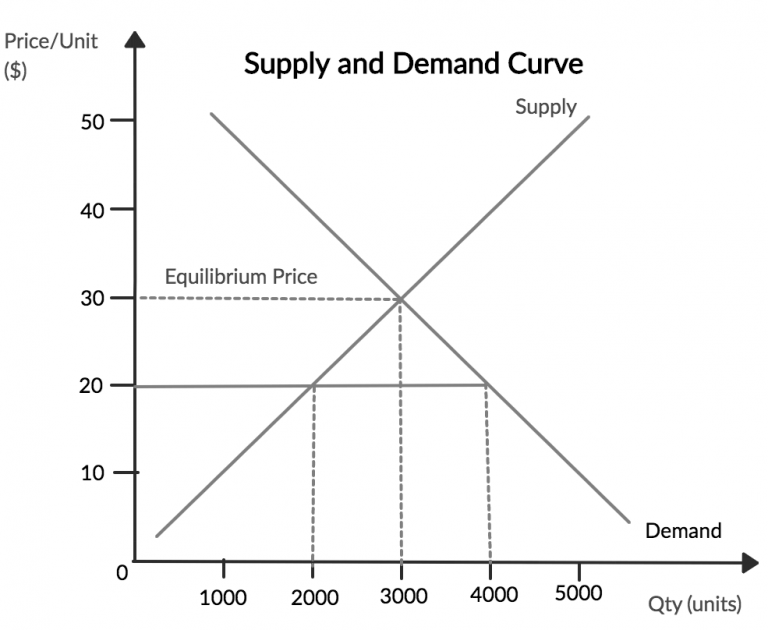
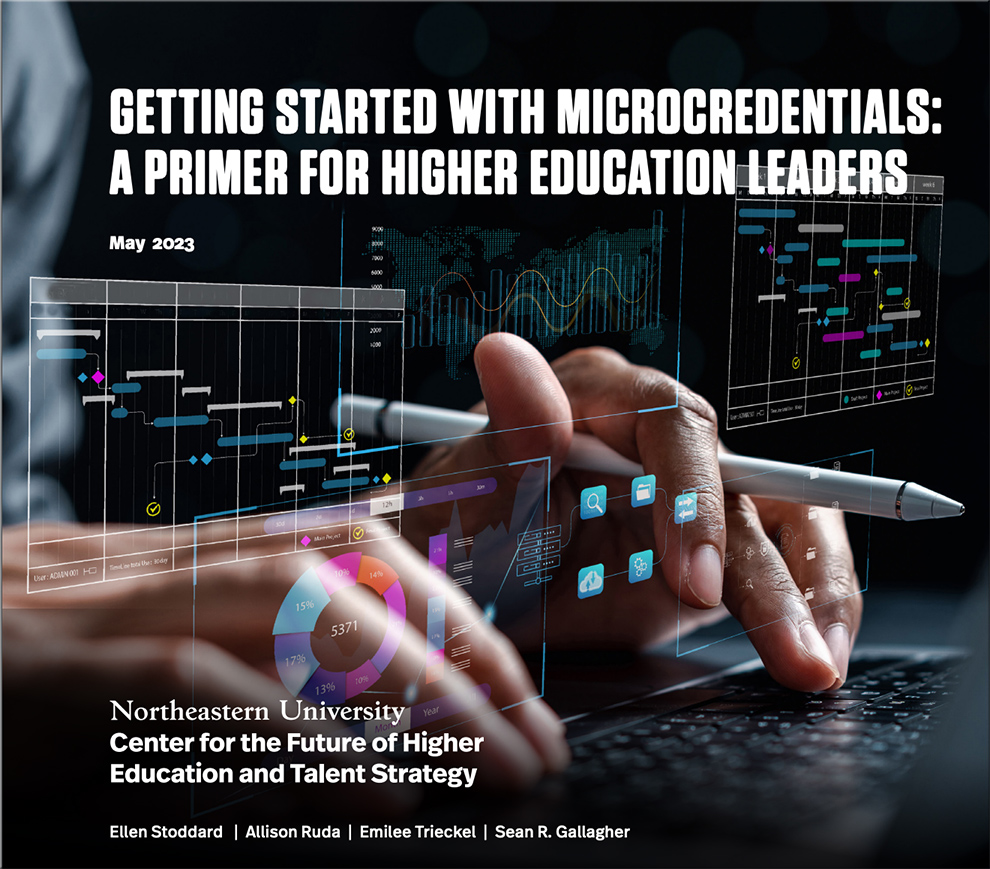
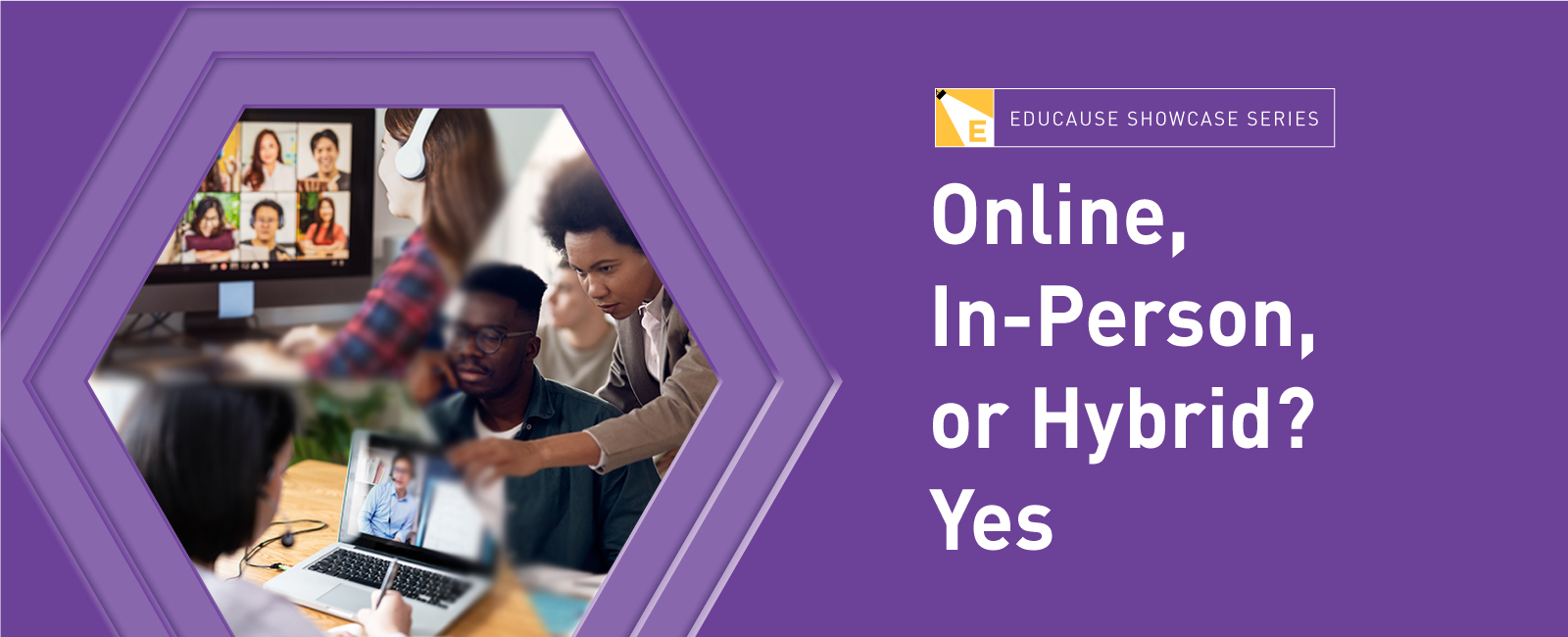
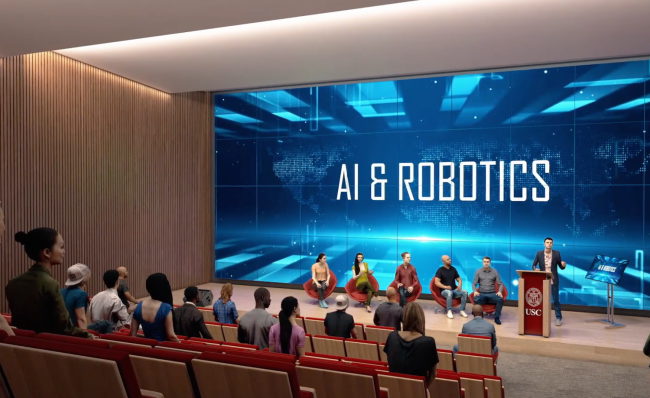




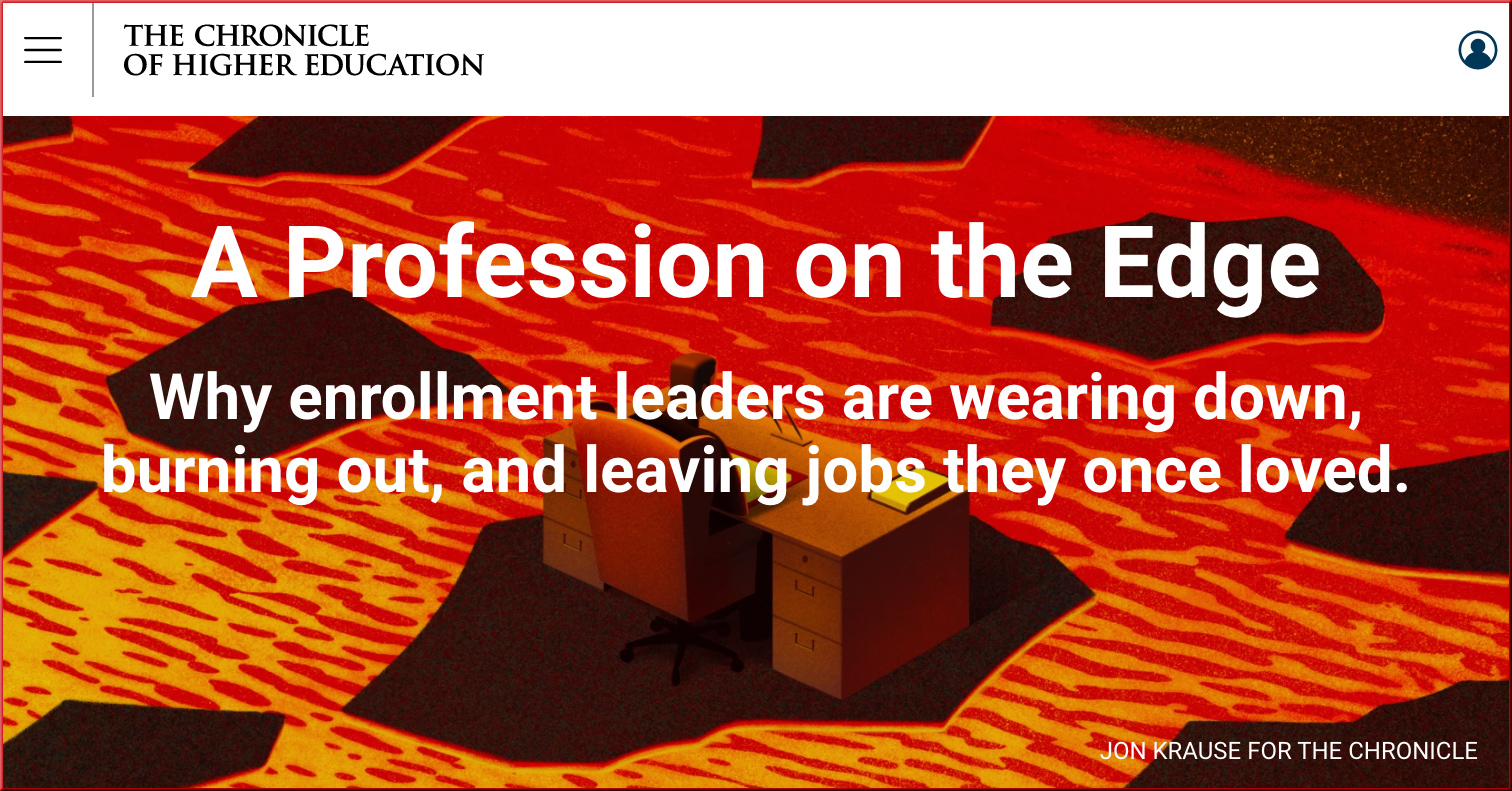

AI-assisted cheating isn’t a temptation if students have a reason to care about their own learning.
Yesterday I happened to listen to two different podcasts that ended up resonating with one another and with an idea that’s been rattling around inside my head with all of this moral uproar about generative AI:
** If we trust students – and earn their trust in return – then they will be far less motivated to cheat with AI or in any other way. **
First, the question of motivation. On the Intentional Teaching podcast, while interviewing James Lang and Michelle Miller on the impact of generative AI, Derek Bruff points out (drawing on Lang’s Cheating Lessons book) that if students have “real motivation to get some meaning out of [an] activity, then there’s far less motivation to just have ChatGPT write it for them.” Real motivation and real meaning FOR THE STUDENT translates into an investment in doing the work themselves.
…
Then I hopped over to one of my favorite podcasts – Teaching in Higher Ed – where Bonni Stachowiak was interviewing Cate Denial about a “pedagogy of kindness,” which is predicated on trusting students and not seeing them as adversaries in the work we’re doing.
So the second key element: being kind and trusting students, which builds a culture of mutual respect and care that again diminishes the likelihood that they will cheat.
…
Again, human-centered learning design seems to address so many of the concerns and challenges of the current moment in higher ed. Maybe it’s time to actually practice it more consistently. #aiineducation #higheredteaching #inclusiveteaching